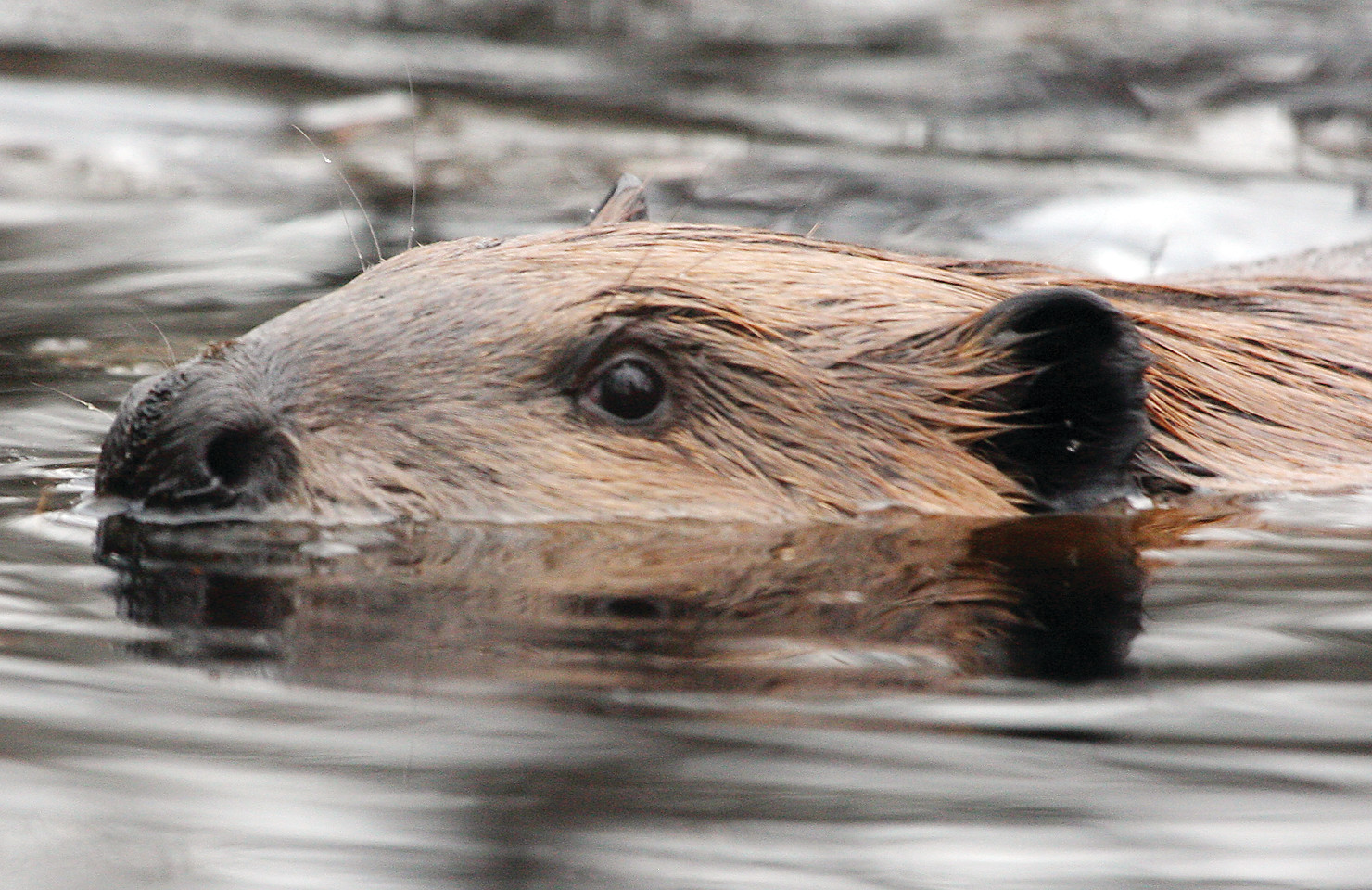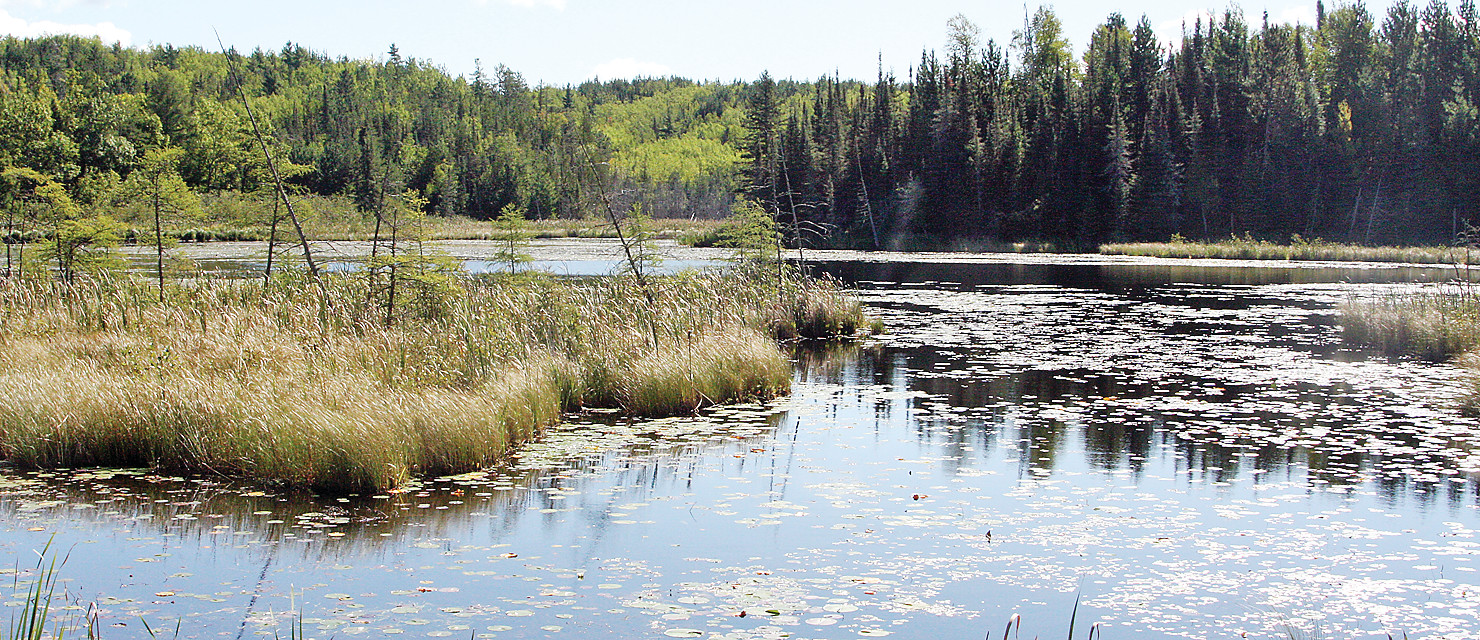Support the Timberjay by making a donation.
North Country engineers
When it comes to managing the region’s water, not even humans can top the beaver
Industrious, tireless, and driven by a desire to reshape the world. That’s not just a definition of the human species— it’s a fitting description of Castor canadensis, otherwise known as the …
This item is available in full to subscribers.
Attention subscribers
To continue reading, you will need to either log in to your subscriber account, or purchase a new subscription.
If you are a current print subscriber, you can set up a free website account and connect your subscription to it by clicking here.
If you are a digital subscriber with an active, online-only subscription then you already have an account here. Just reset your password if you've not yet logged in to your account on this new site.
Otherwise, click here to view your options for subscribing.
Please log in to continue |
North Country engineers
When it comes to managing the region’s water, not even humans can top the beaver
Industrious, tireless, and driven by a desire to reshape the world. That’s not just a definition of the human species— it’s a fitting description of Castor canadensis, otherwise known as the beaver. And there’s no better place to see the effects of this remarkable animal than here in the North Country.
According to Dr. John Pastor, in his new book, “What Should a Clever Moose Eat?,” beaver ponds and the wet meadows they leave behind now occupy about 15 percent of the total land area in our region, which is astonishing to think about. I’ve written before about the amazing abundance of beaver ponds in the North Country these days, a fact that any careful viewing of the satellite images on Google Earth will quickly reveal. Most beaver ponds are temporary, of course, but they alter the land in a way that is both distinctive and essentially permanent.
We think of ourselves as the engineers who have reshaped the North Country, but we have nothing on the beaver. Pastor speculates that about 90 percent of all the water that falls on our region ends up passing through a beaver pond at some point on its journey to the north or south, depending on the watershed.
Minnesota is unique from a hydrological sense in that no water flows into the state, only out. All of our lakes and rivers and streams are filled solely from precipitation and of those billions of gallons of water that spill forth from the North Country each year, nearly nine of every ten is managed at some point along the way by a beaver. We humans can hardly make the same claim.
Even where beavers aren’t creating ponds, they alter their environment in other ways. The erection of a beaver lodge on a lakeshore means that the nearby forest is living on borrowed time. On the edge of the Lost Lake Swamp, the beavers don’t build dams— they turn instead to excavation. Like humans who ditched northern Minnesota swamps in hopes of draining them, beavers carve channels in the muskeg to provide easy access between their lodges and food sources. Their channels can run as long as a mile.
This time of year, when the ice is normally forming on beaver ponds, you will see the evidence of the beaver’s industriousness in the cluster of sticks and branches stored near the opening of their lodges. This is their winter food supply, gathered over the previous weeks and submerged with mud or rocks to ensure it remains available under the ice. Once the ice forms, that frozen layer keeps the beavers safe from predators in their lodges and their underwater entrance allows them to come and go under the ice to access their winter food supply. They chew off a section of a branch or stick and haul it back into the lodge, where they can eat at their leisure.
Other than humans, no other mammal in our region takes preparation for winter to such a degree.
Since both beavers and humans leave a big footprint on the land, we don’t always see eye-to-eye. And as low pelt prices have reduced the level of trapping, the beaver population has been on the increase in our region, which has increased the conflict between the priorities of the beaver and those of us humans.
Young beavers are sent packing after their first year, to prevent excess demand on the available food supply surrounding their home lodge. And as more and more young beaver are forced to make their own way in the world, they are moving into areas they haven’t exploited in recent years. They’re cutting trees around lake homes and cabins, they’re filling up road culverts, and plugging ditches. They’re being beavers, in other words, and sometimes it gets in our way. The good news is that there are still lots of wild places here in the North Country where beavers can do their thing without getting in our way. They have a role to play, after all, and they perform it very well.









